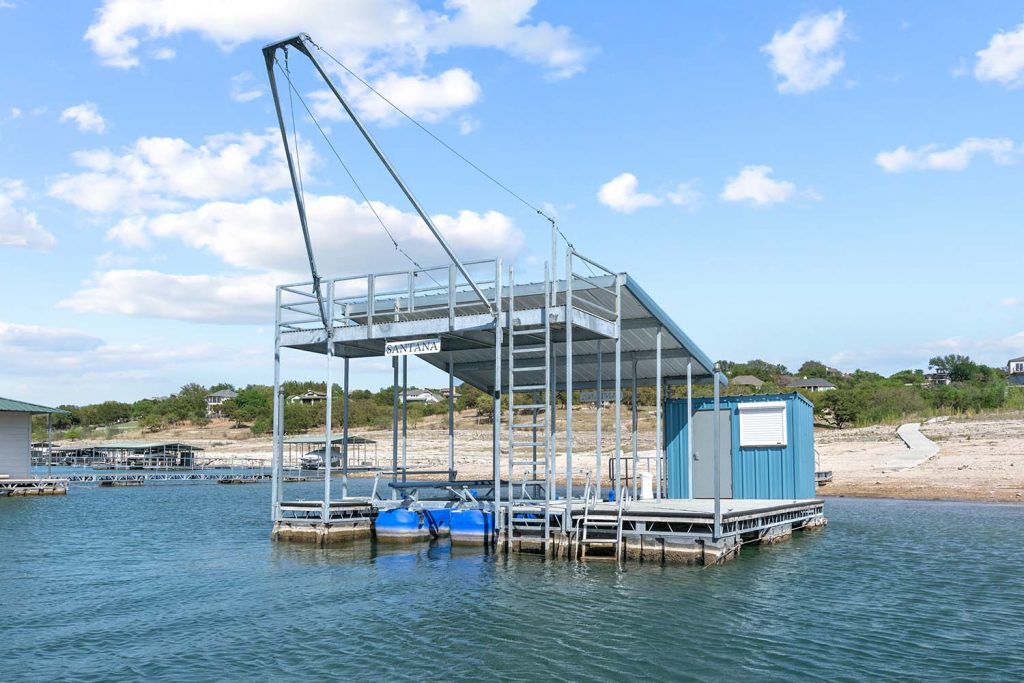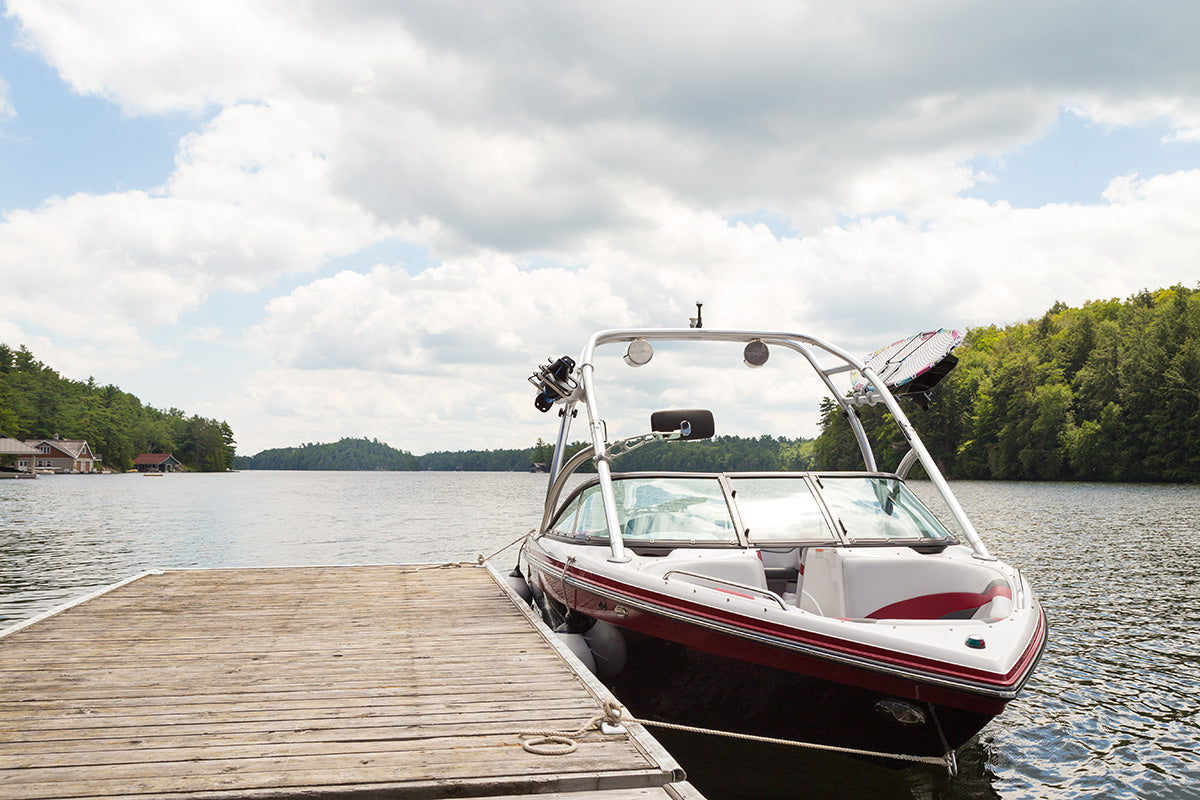The Importance of Timely Dock Repairs for Waterfront Safety
The Importance of Timely Dock Repairs for Waterfront Safety
Blog Article
Effective Dock Repair Work Techniques: Making Certain Architectural Integrity
Guaranteeing the architectural integrity of docks via effective repair service strategies is critical for the long life and safety of aquatic facilities. This includes a multi-faceted technique beginning with comprehensive inspections utilizing sophisticated innovations like finder tools and remotely operated vehicles (ROVs) to spot both visible and concealed damages. Subsequently, selecting the best repair work materials, such as corrosion-resistant alloys and composite products, is essential for toughness. Structural reinforcement approaches, consisting of the execution of cross-bracing systems and load-distribution plates, play an essential duty in mitigating anxiety points. Nonetheless, the relevance of these methods ends up being apparent when checking out advanced repair work methods and preventative upkeep methods.
Evaluating Dock Damages
Analyzing dock damage is an important initial step in ensuring the structural stability and safety and security of any docking center. This first analysis includes a detailed assessment to recognize both hidden and visible damages. Secret elements to check out consist of the dock's foundation, pilings, decking, and hardware. Each component should be inspected for indicators of wear, rot, deterioration, or various other kinds of degradation that could compromise the structural integrity.
Structural engineers or qualified inspectors typically perform these assessments making use of specialized devices and strategies. Underwater inspections could utilize finder devices or remotely operated lorries (ROVs) to identify immersed damage. Above water, aesthetic examinations are enhanced by utilizing wetness meters and various other diagnostic tools to uncover underlying concerns not quickly noticeable to the nude eye.

Choosing Repair Work Materials
Selecting the ideal repair products is a crucial action in the dock repair process, one that directly affects the long life and performance of the repaired structure. Product choice should be driven by elements such as environmental conditions, load-bearing needs, and compatibility with existing dock parts.
Along with wood, composite materials are significantly prominent because of their sturdiness and low upkeep needs. Compounds, normally made from a blend of plastic and wood fibers, supply superb resistance to rot, insects, and UV damages. For metal anchors, selecting corrosion-resistant alloys such as galvanized steel or marine-grade aluminum is necessary to stop rust and make certain architectural integrity in saline water problems.
Epoxy resins and marine-grade sealants are indispensable for repairing fractures and securing joints, providing a water resistant obstacle and boosting the dock's overall stamina. By diligently picking premium products, dock fixings can achieve lasting outcomes, therefore safeguarding against future deterioration and making sure secure, reliable usage.
Architectural Support Strategies
Reliable architectural reinforcement techniques are important in making certain the security and long life of dock repair work. This technique is specifically reliable for anchors revealed to hefty lots or rough ecological conditions.
An additional essential technique is the application of fiber-reinforced polymers (FRP) These materials offer high strength-to-weight proportions and excellent resistance to corrosion, making them optimal for strengthening concrete or wooden docks. FRP can be applied in strips or sheets and bound with epoxy resins to boost architectural honesty.
Bracing and anchoring systems likewise play a critical function in structural reinforcement. Cross-bracing, making use of metal or wooden beams, can neutralize side forces, decreasing guiding and motion. Anchoring systems, such as helical piers or driven heaps, supply a stable structure by transferring lots to deeper, extra steady dirt layers.
Finally, the integration of load-distribution plates can aid distribute weight extra evenly throughout the dock's surface, mitigating local tension factors. These methods jointly make sure that docks continue to be robust and secure, efficient in standing up to the rigors of their operational setting.
Advanced Repair Work Approaches

Another advanced technique involves underwater welding, which you can find out more permits repair work to be carried out without the requirement to dewater the area. This technique is especially helpful for attending to structural issues in immersed dock parts, making certain very little interruption to operations. Enhanced welding strategies, paired with robot systems, provide precision and integrity, therefore prolonging the life expectancy of the dock.
Additionally, cathodic protection systems are implemented to protect against deterioration in metal dock structures. By making use of sacrificial anodes or satisfied existing systems, these methods efficiently alleviate the electrochemical procedures that bring about product damage.
Finally, advanced monitoring modern technologies, such as architectural health surveillance (SHM) systems, give real-time information on the condition of dock frameworks. These systems enable aggressive maintenance and timely treatments, ultimately making certain the long-lasting architectural stability of the dock.
Upkeep and Prevention
Upkeep and prevention are basic ideas that underpin the long life and security of dock frameworks. Regular examinations are critical, permitting for early discovery of wear and tear, prospective weak points, and environmental influences. A proactive technique, involving routine look for corrosion, rot, and architectural changes, reduces pricey repairs and extends the dock's functional life.
Preventive procedures should include using protective finishes to metal components to safeguard versus rust and utilizing cured timber to stand up to decay. Furthermore, making certain proper drainage and ventilation can stop water accumulation, which is a typical reason for architectural degradation. Incorporating high additional hints quality products and adhering to producer standards throughout construction and repair work phases additionally play crucial roles in improving longevity.

Educating personnel in dock maintenance best practices guarantees consistent application of safety nets. Leveraging technological developments, such as drones for evaluations and sensors for real-time monitoring, can even more enhance maintenance initiatives. By focusing on maintenance and prevention, dock owners can ensure structural integrity, functional security, and affordable management over the dock's life-span.
Final Thought
To conclude, maintaining the structural honesty of marine facilities requires extensive dock fixing methods. Comprehensive examinations utilizing advanced tools uncover both visible and hid damages, while the option of suitable repair materials boosts toughness. Implementing architectural support techniques addresses stress and anxiety points properly. Advanced repair work strategies, coupled with routine upkeep practices, make sure the dock remains operational and risk-free under varied environmental problems. Adopting these techniques significantly lengthens the lifespan and performance of aquatic infrastructure.
Guaranteeing page the structural stability of anchors via reliable repair techniques is critical for the durability and security of aquatic facilities.Picking the appropriate repair materials is a critical step in the dock repair procedure, one that straight affects the long life and performance of the repaired structure.Reliable structural reinforcement strategies are vital in guaranteeing the security and long life of dock repair work. By prioritizing maintenance and prevention, dock proprietors can make certain architectural stability, operational safety, and cost-effective monitoring over the dock's life-span.
In final thought, maintaining the architectural honesty of marine facilities demands detailed dock repair service techniques.
Report this page